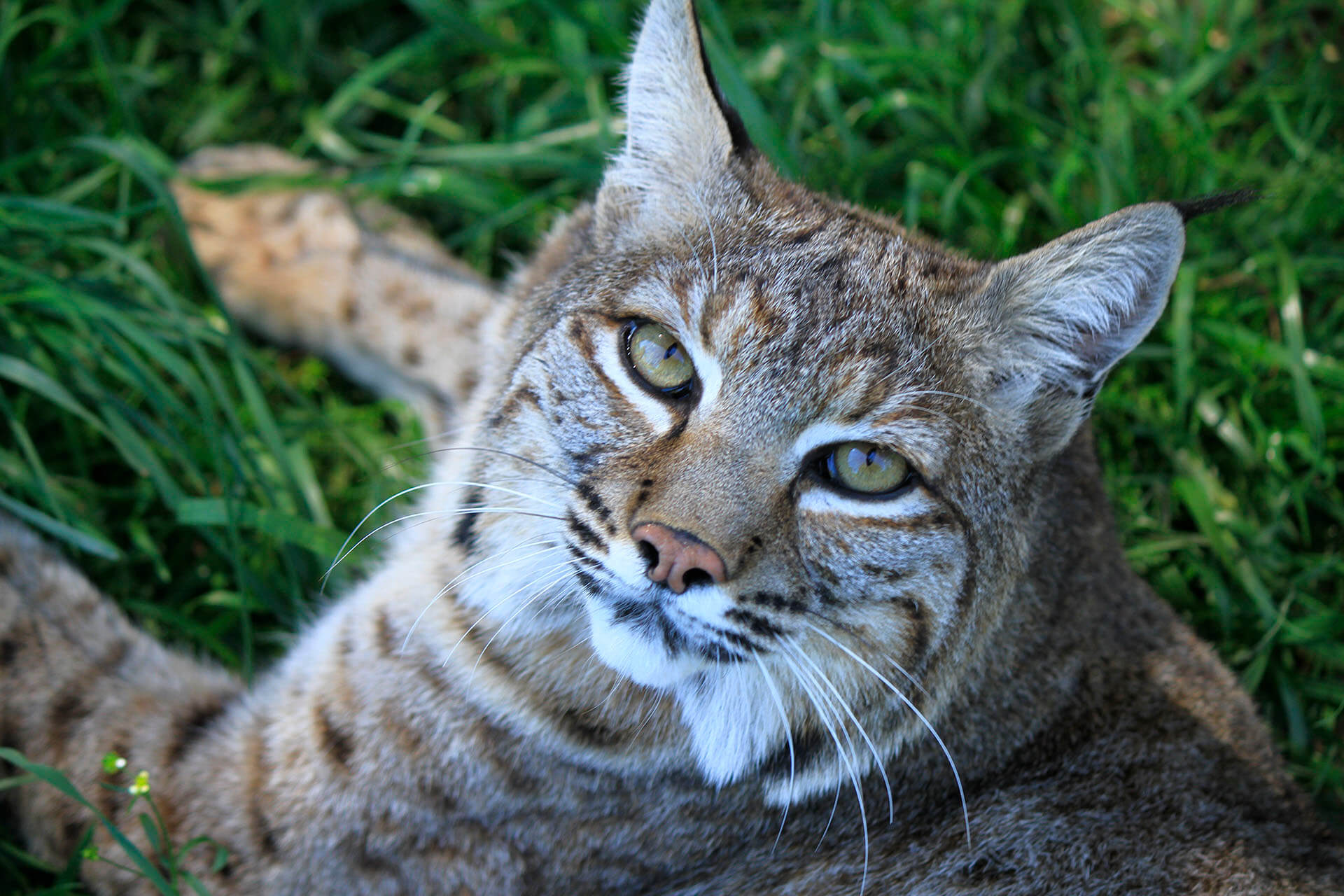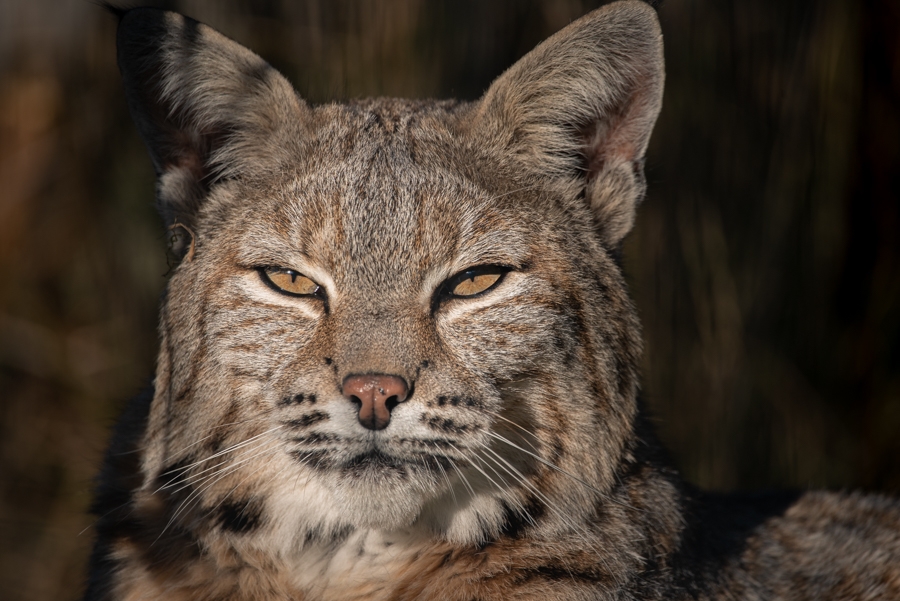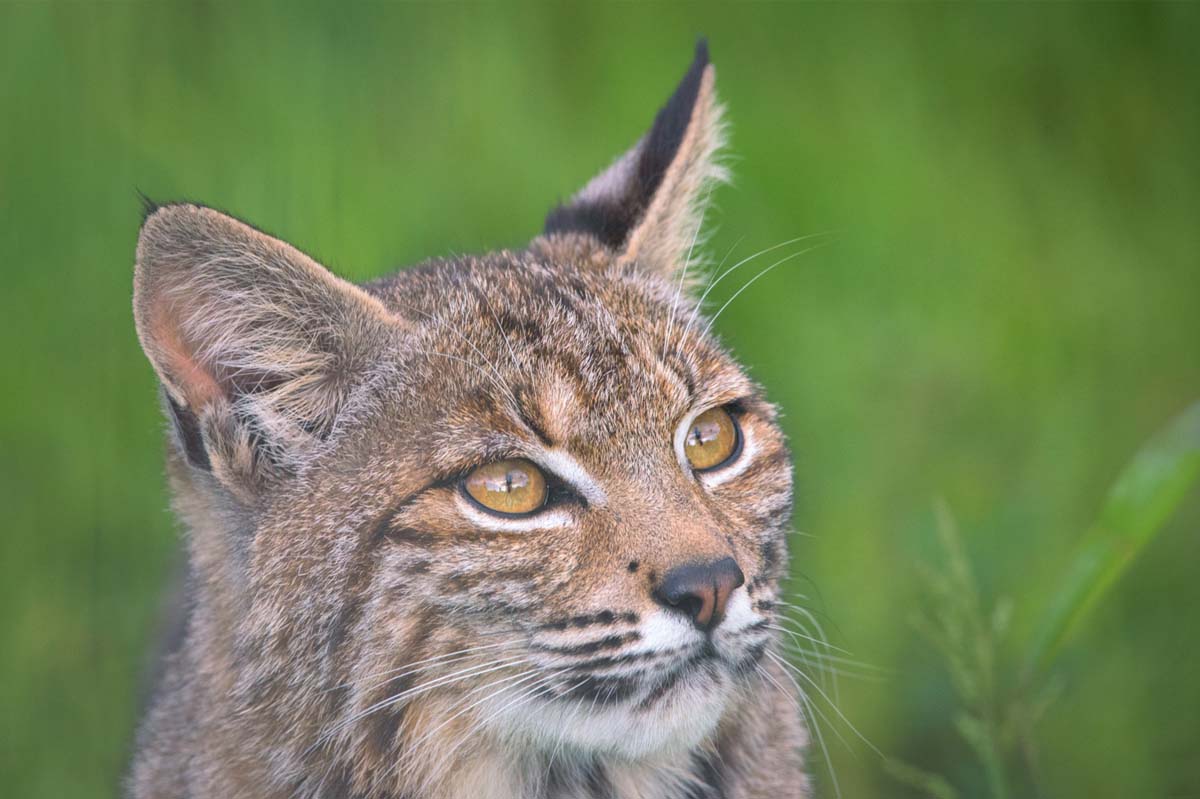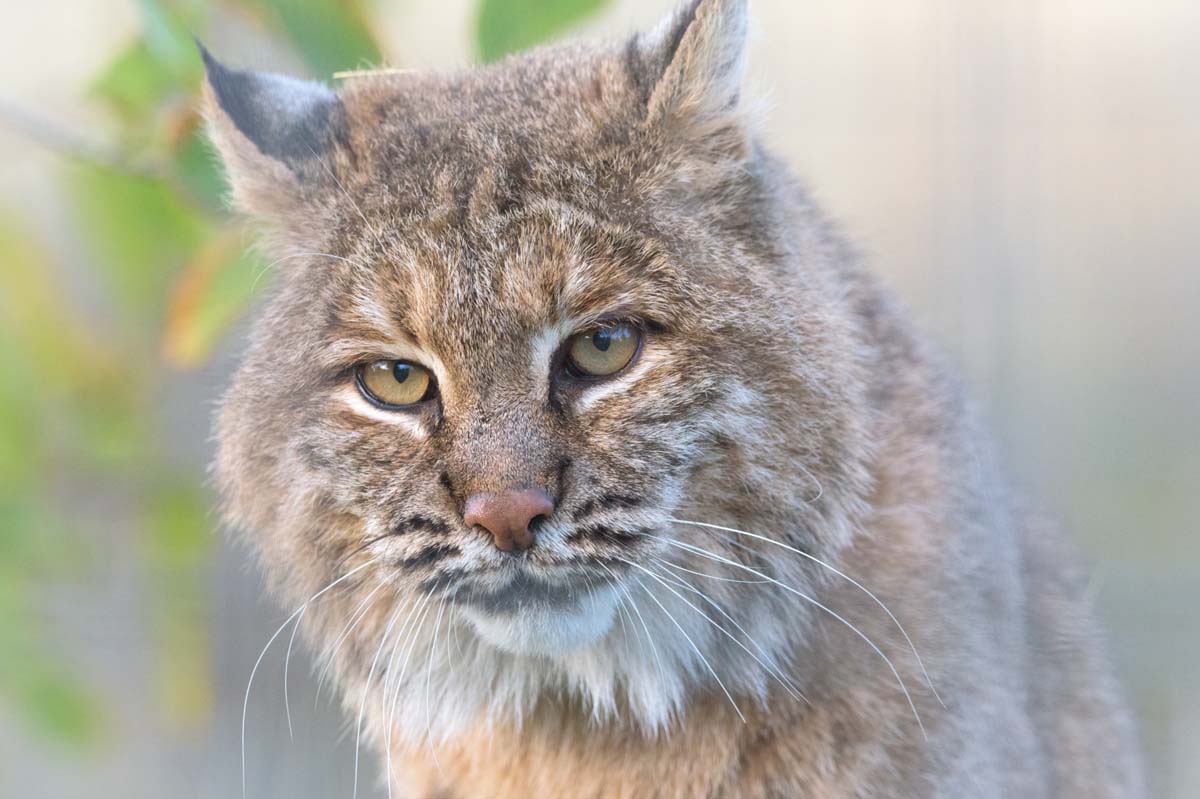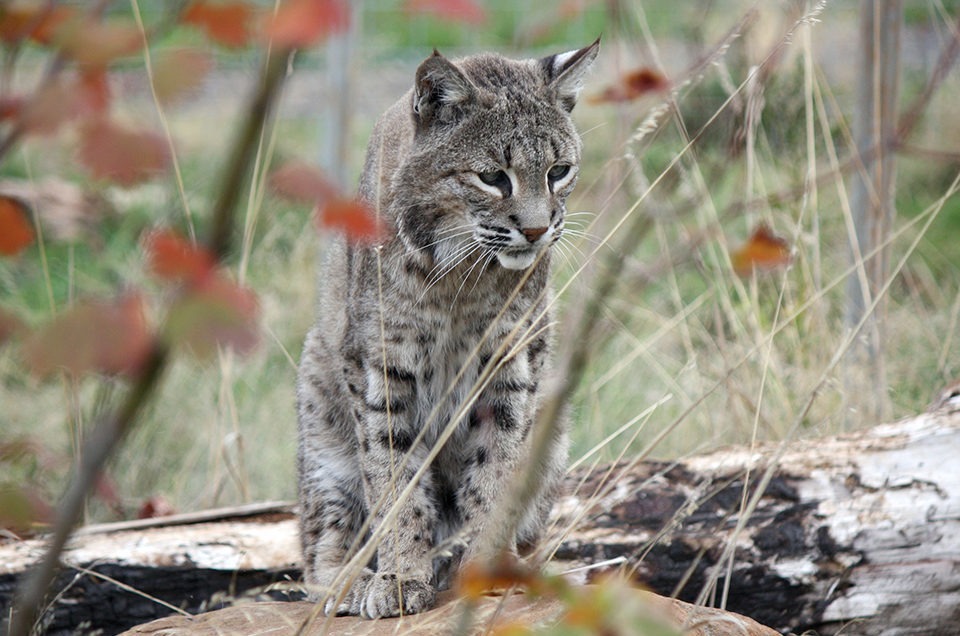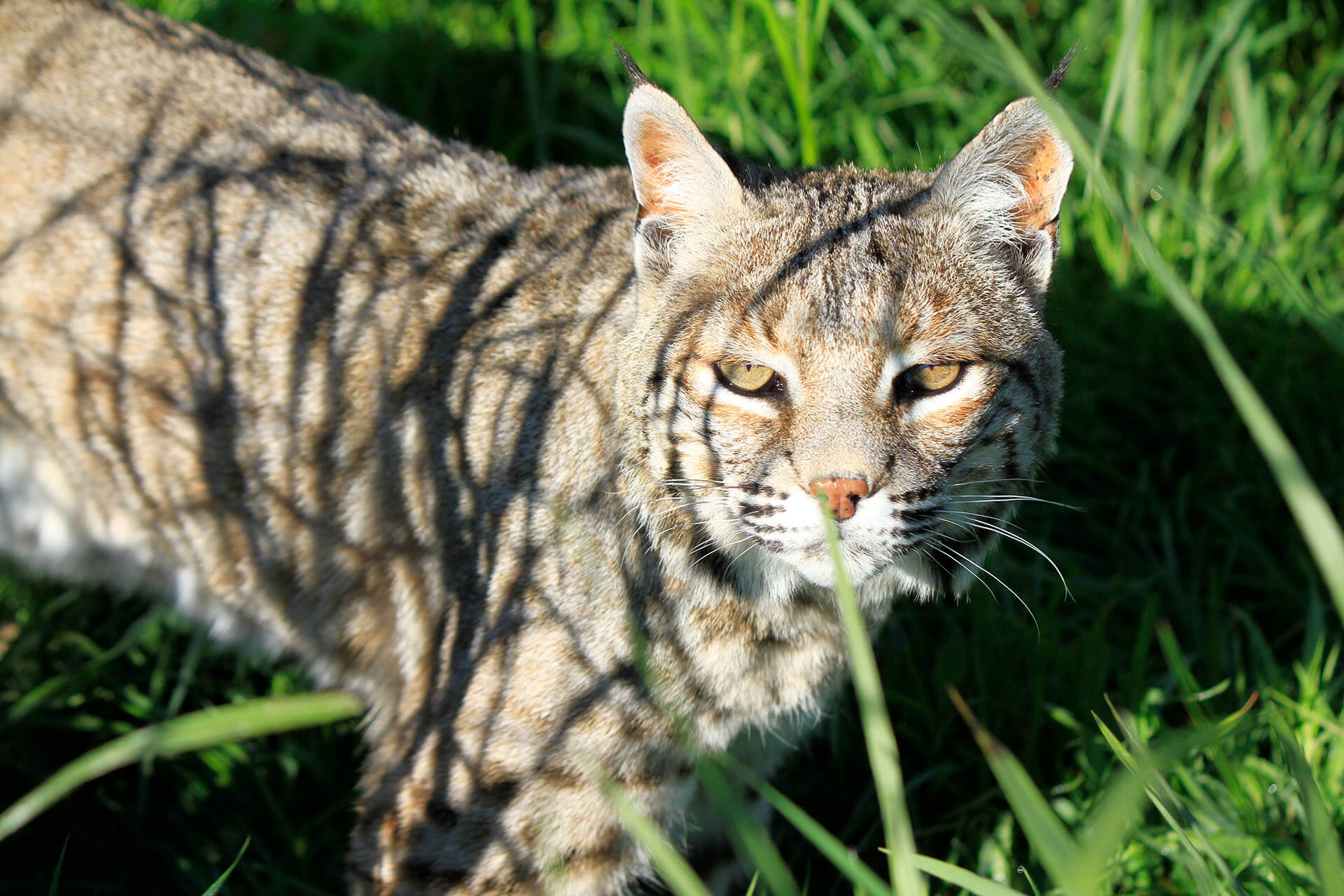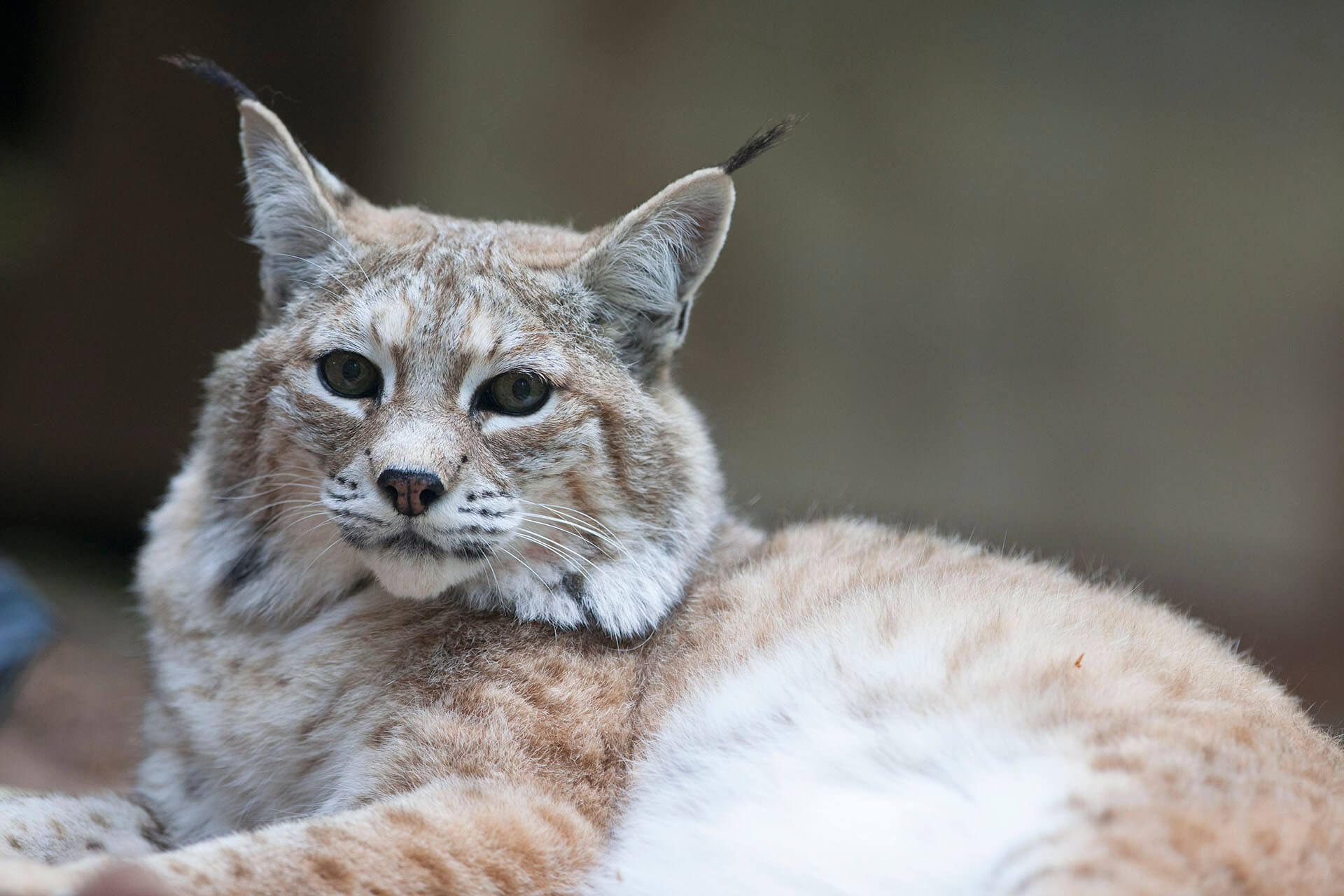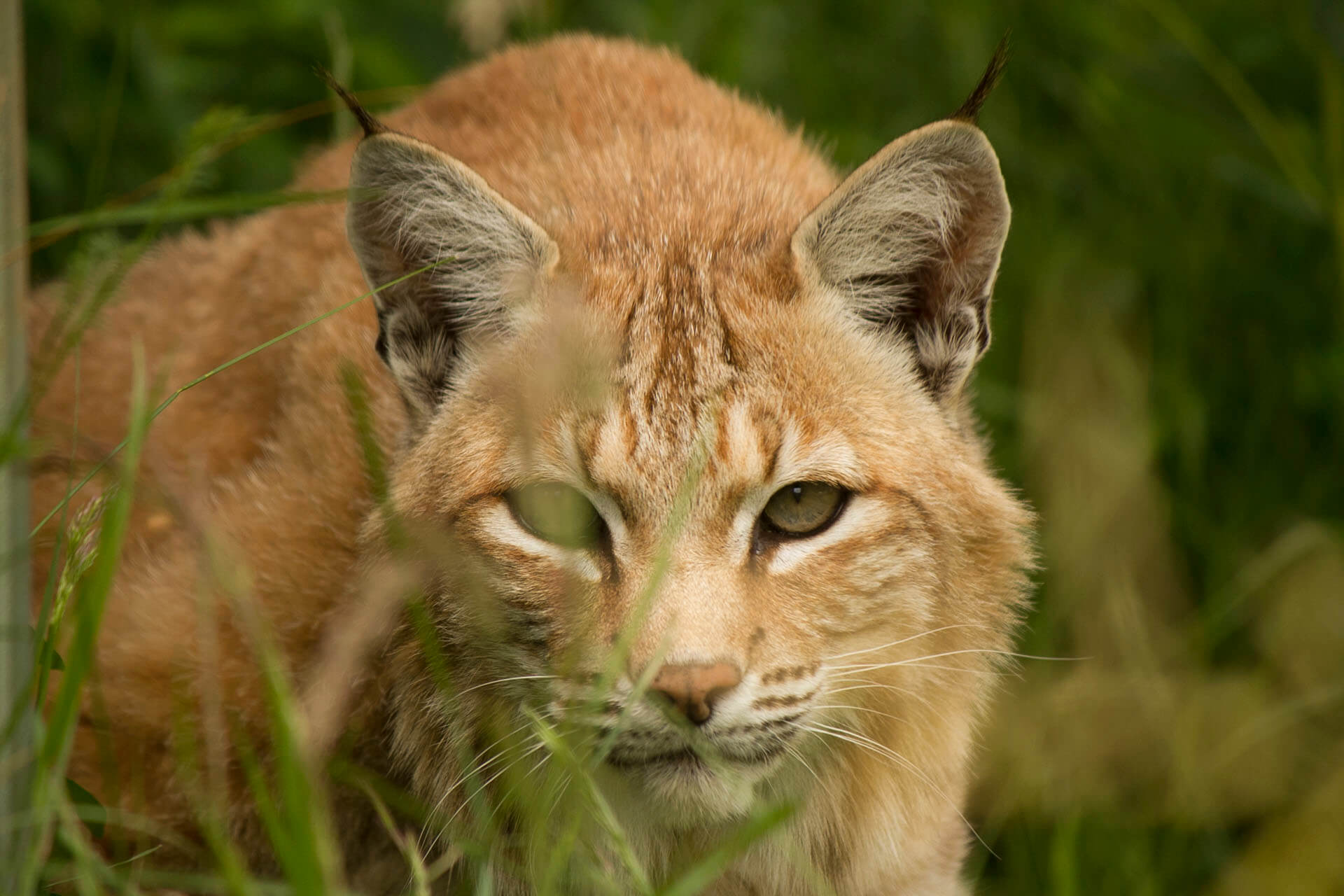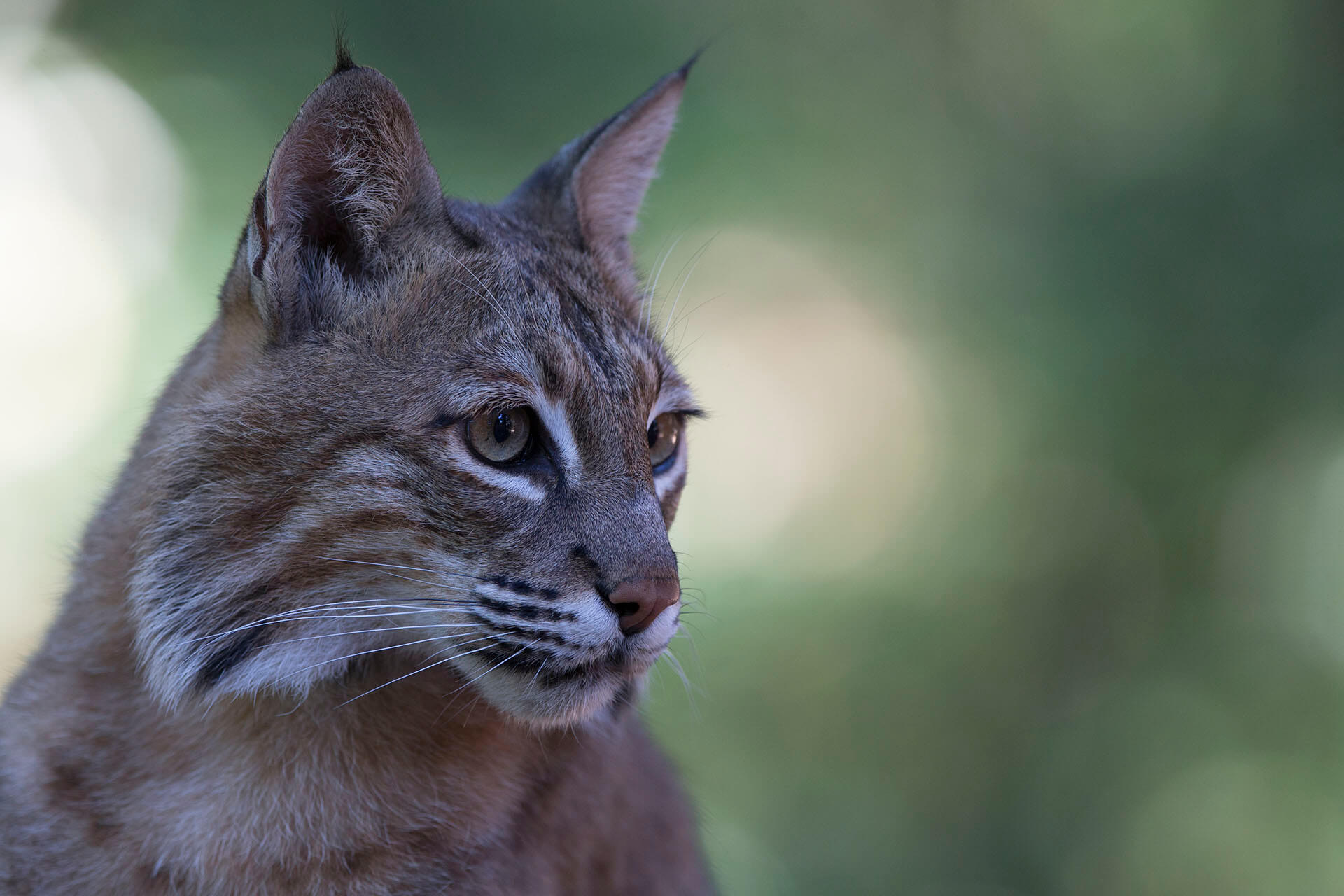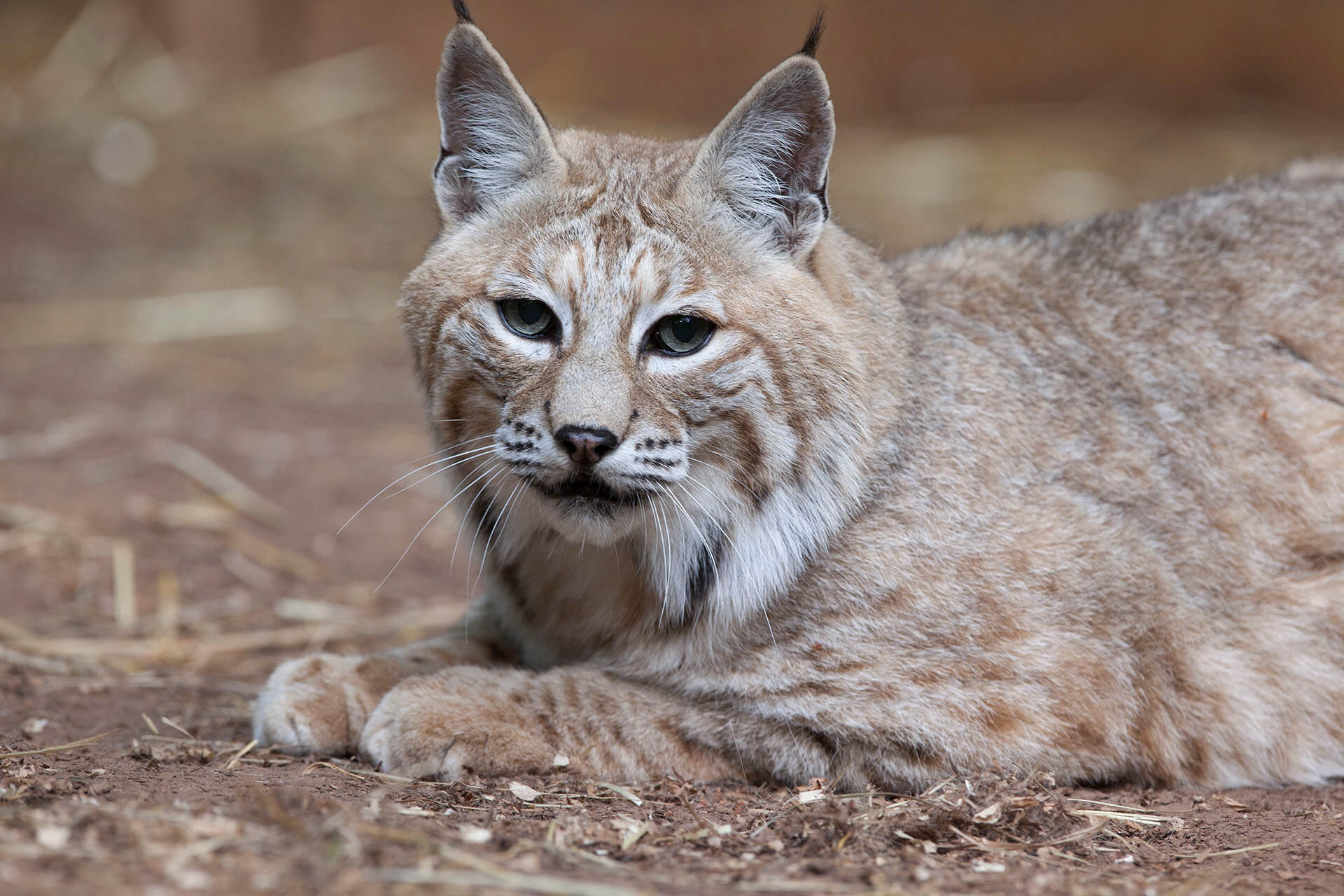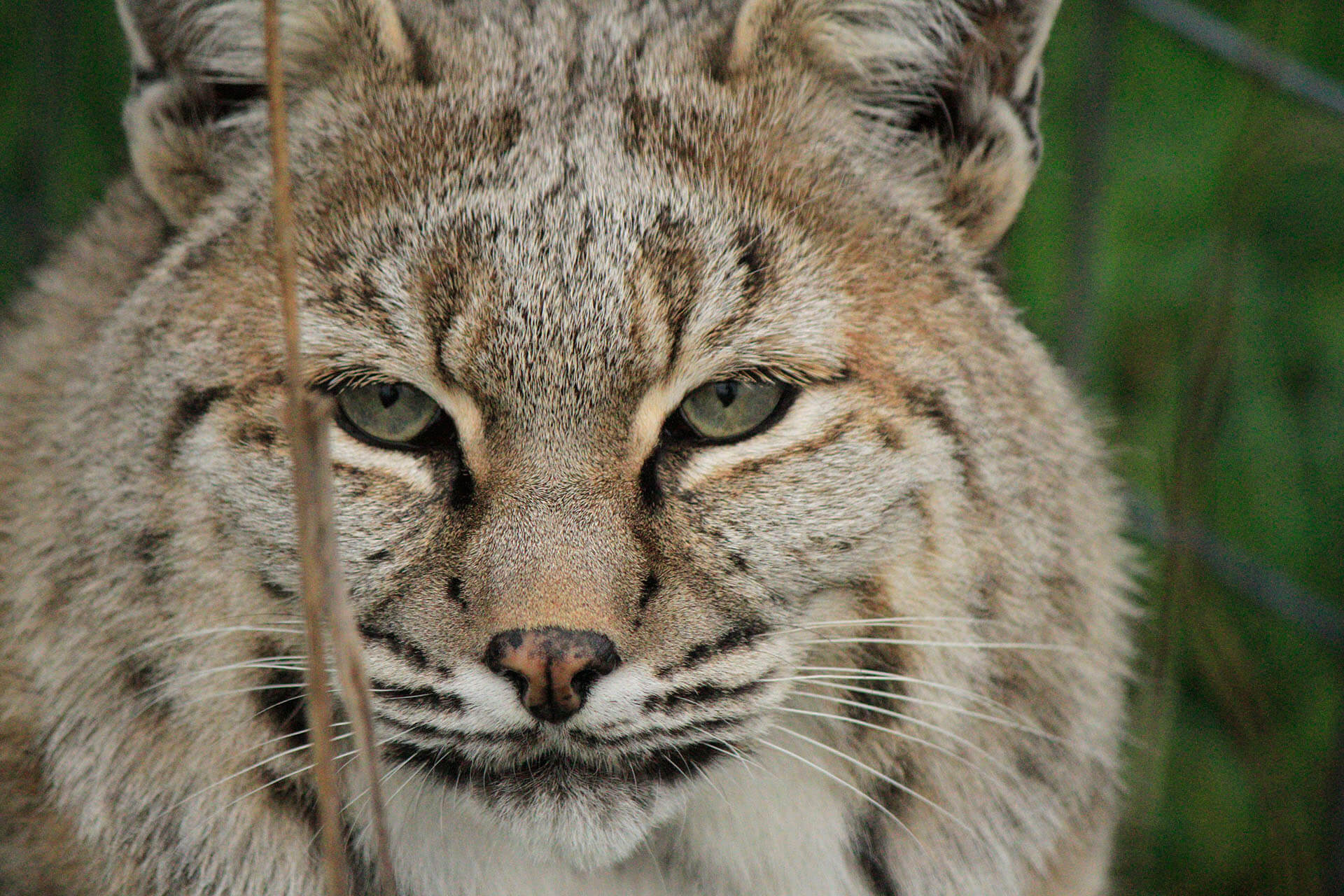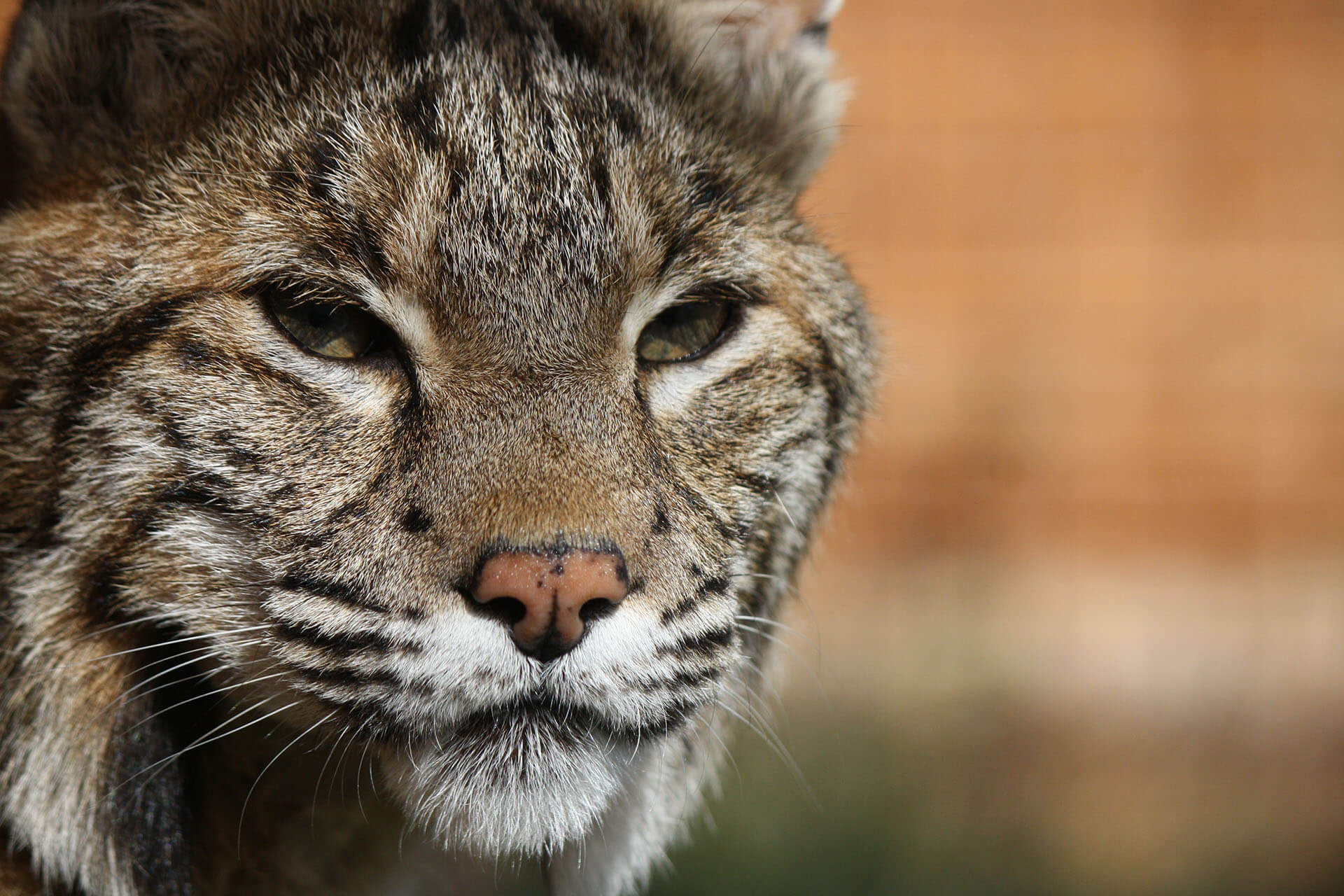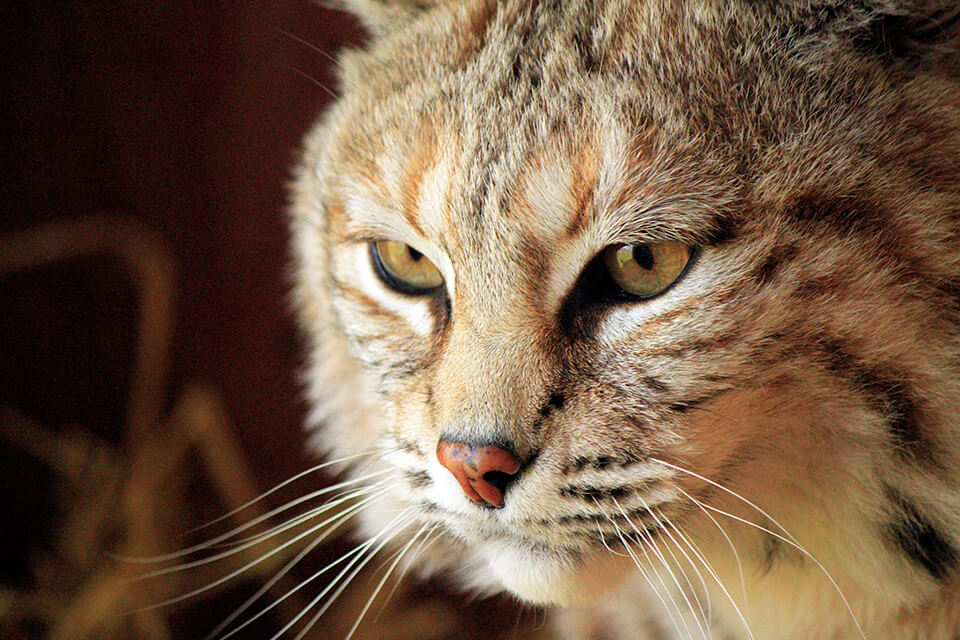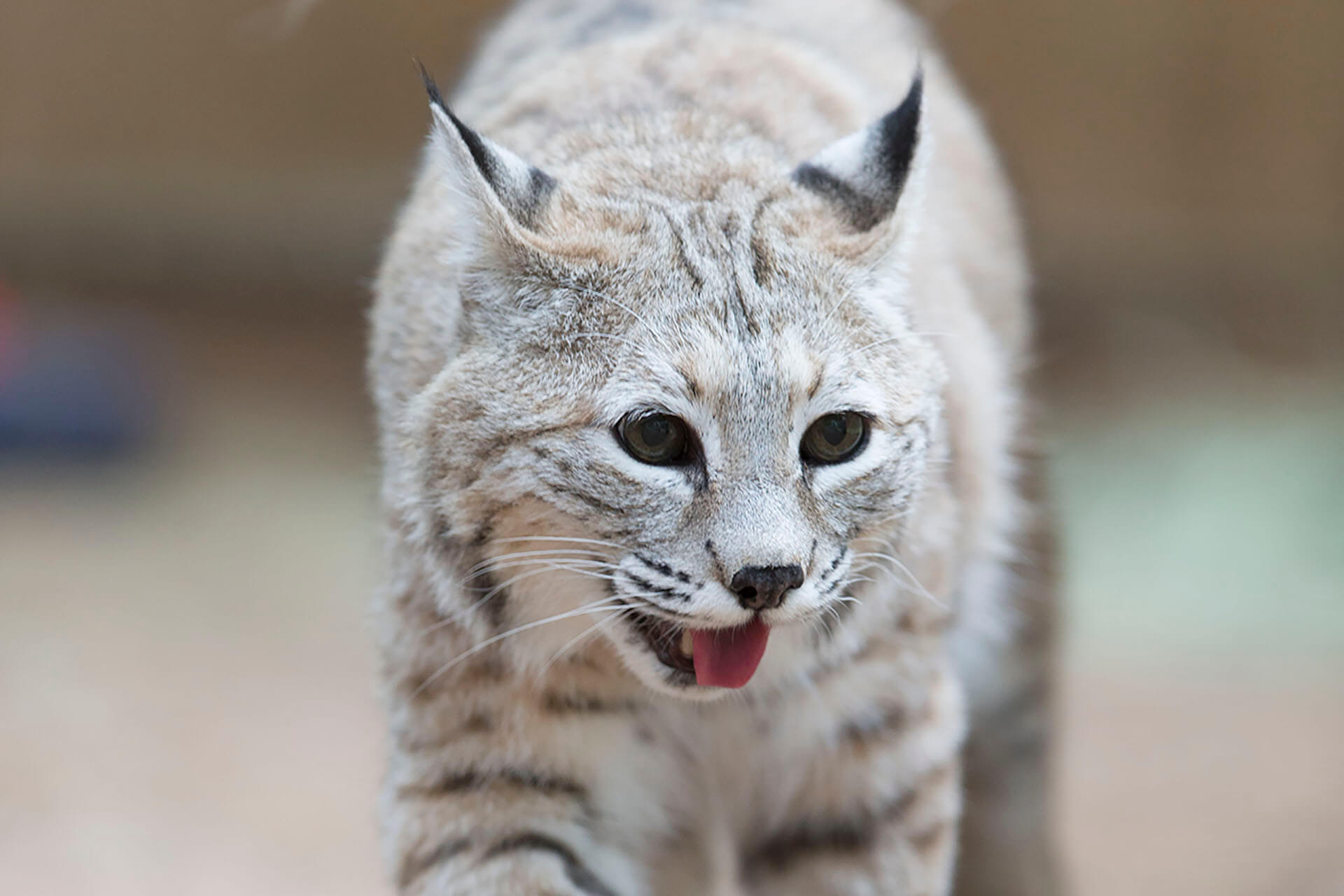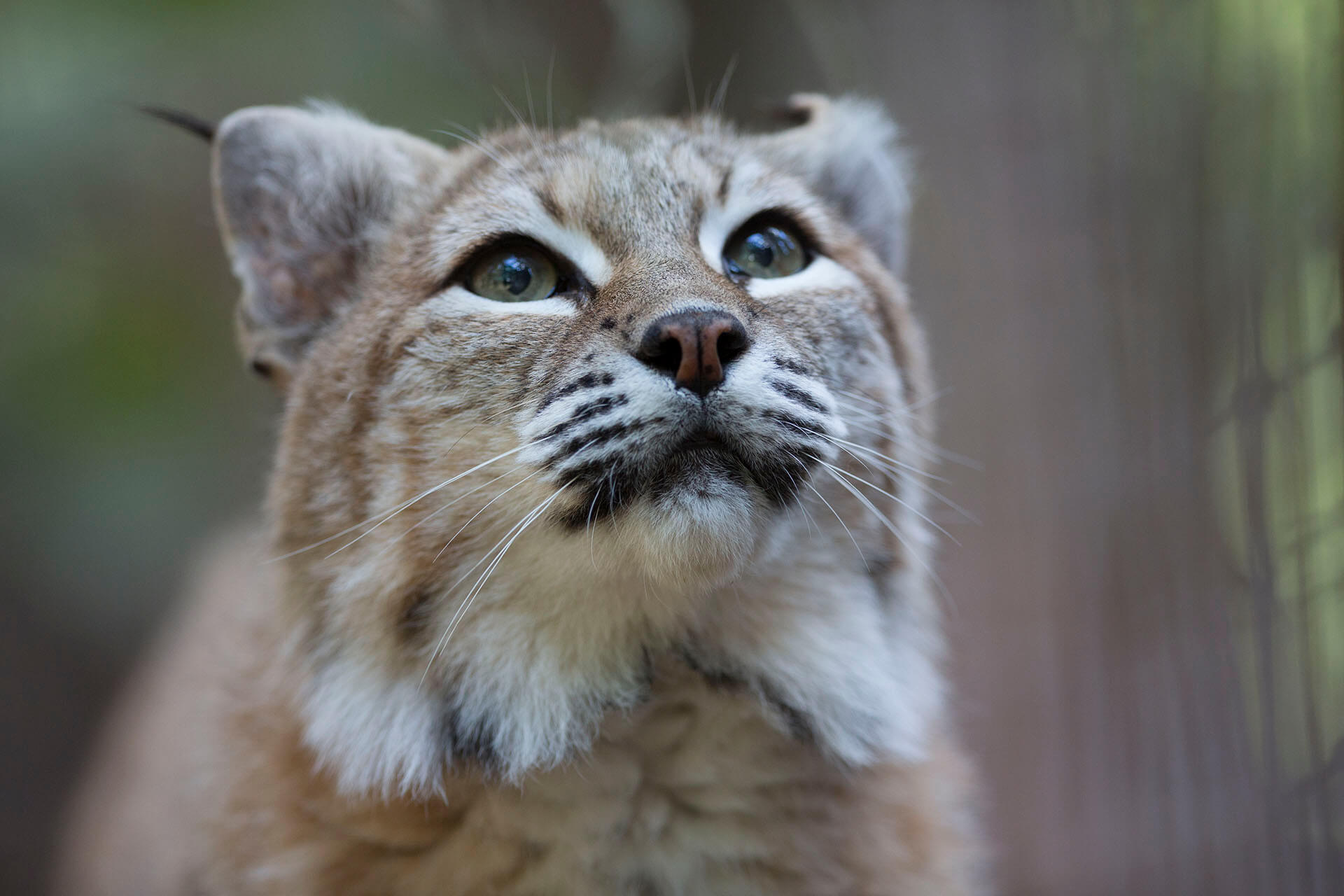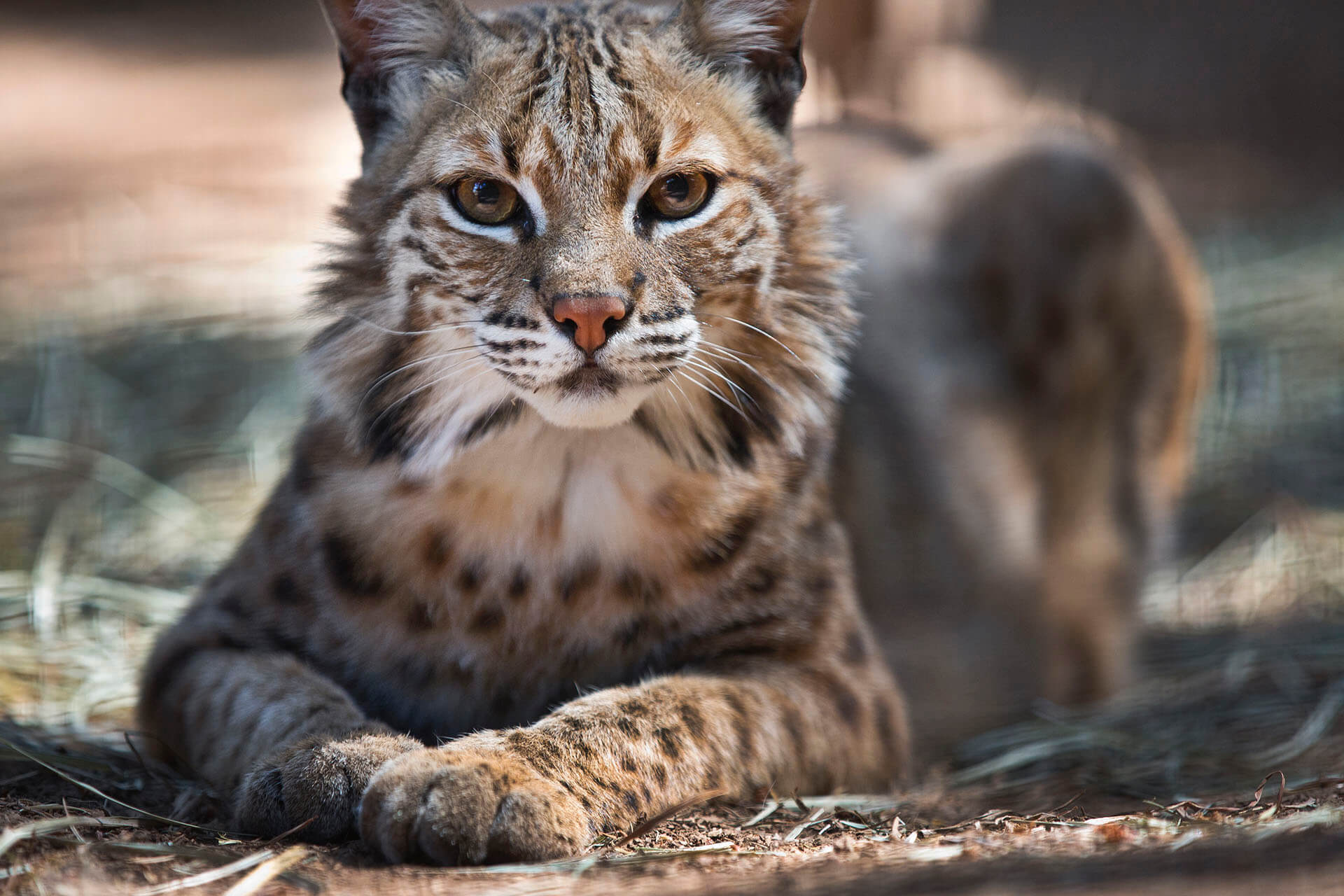Bobcats
The bobcat is a medium-sized wild cat found throughout much of central North America. The word bobcat comes from the bobbed appearance of the cat’s short, stubby tail.
There are twelve recognized subspecies of bobcat, and it ranges from Canada to northern Mexico, including most of the continental United States. The bobcat is an adaptable predator that inhabits wooded areas, as well as semi-desert, urban edge, forest edges, and swampland environments. The Bobcat is a solitary and nocturnal animal that is most active in the darkness of night, tending to hunt most during dawn and dusk.
Unlike many wildcat species, the bobcat persists in much of its original range and populations are at a healthy level.
The bobcat life expectancy is between 10 and 15 years in the wild, and will often live to more than 20 years in captivity.
Did you know?
The bobcat’s hind legs are longer than its front legs, giving it a bobbed gate.
While the bobcat prefers rodents and other small animals, it has been know to successfully prey on adult deer.
In Native American mythology, the bobcat and the coyote are linked together in a theme of duality, with the bobcat representing fog and the coyote representing wind.
A bobcat’s coat is like a fingerprint, it is unique to the individual and can be used to identify them.
The bobcat hunts by stalking its prey and then ambushing with a leaping pounce that can cover 10 feet.
The bobcat is an excellent climber and can swim when it needs to.
A bobcat may have several dens, one main den and several auxiliary dens, in its territory.
Male bobcat home ranges can be as large as 20 square miles.

